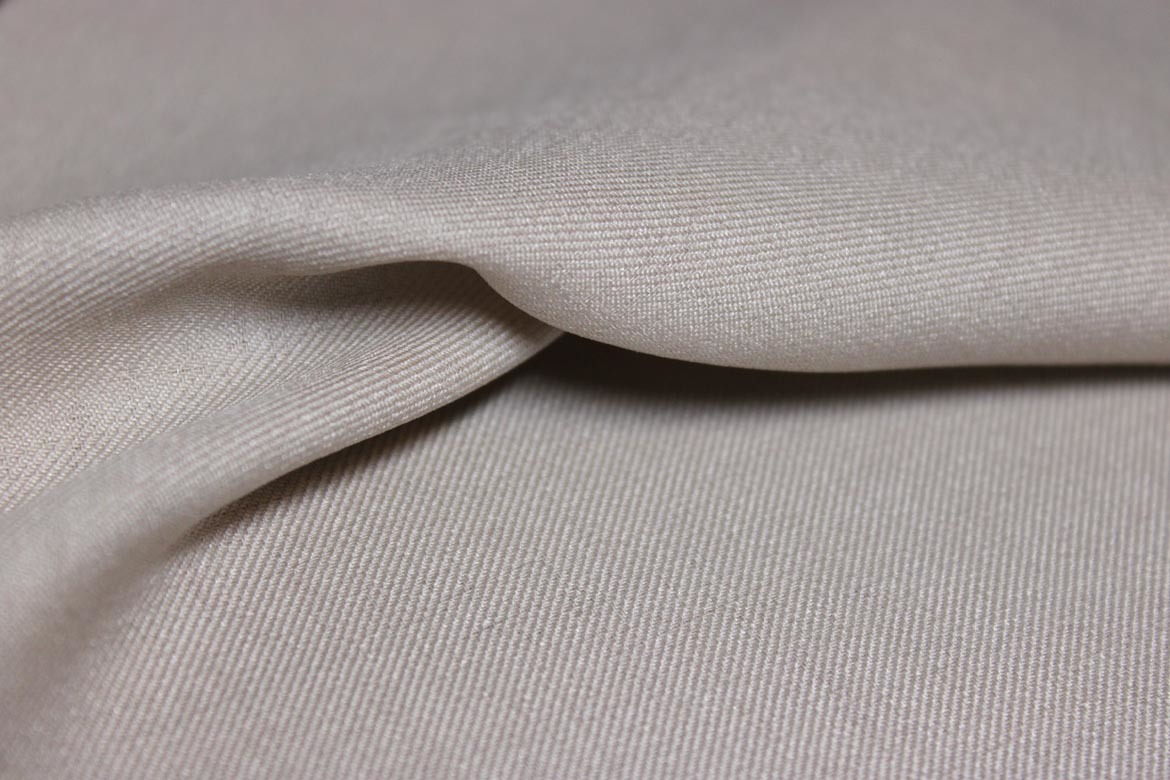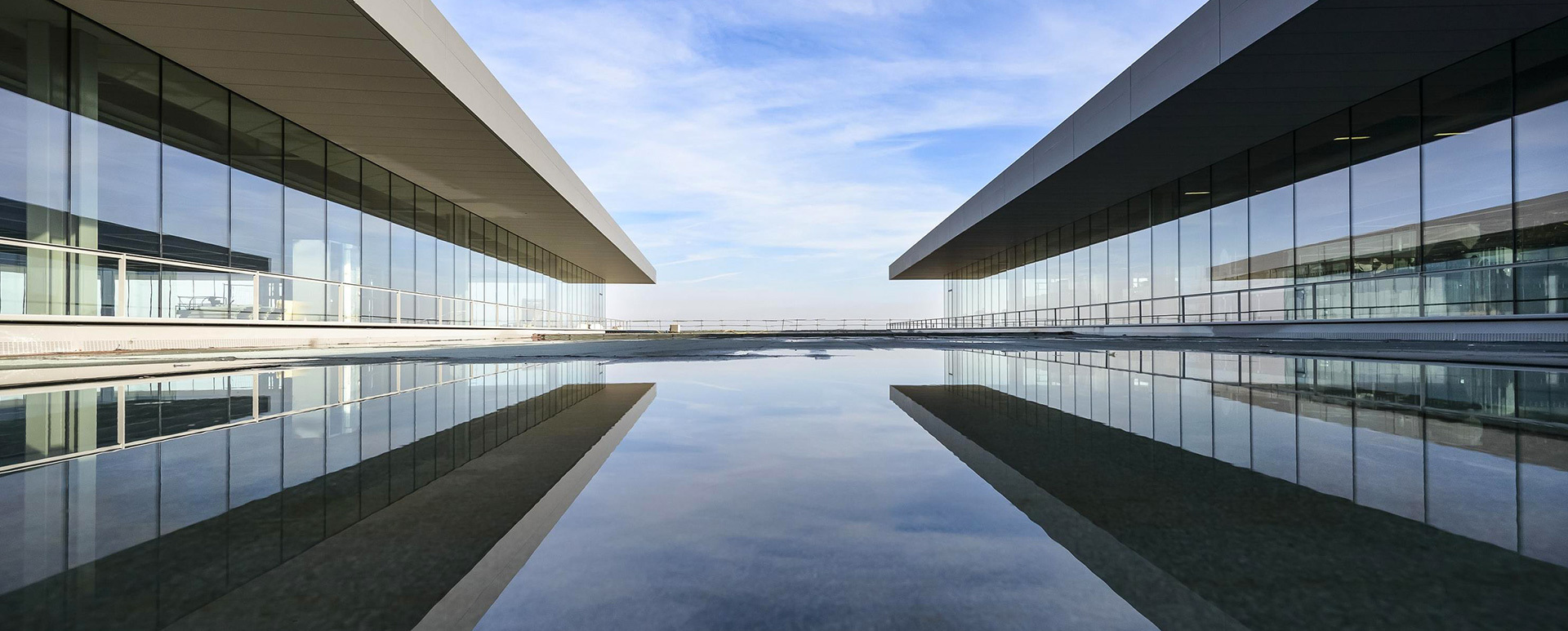Types of recycled polyester
Recycled polyester has good moisture absorption and comfort. It is an ideal and potential textile raw material in the textile and garment industry. Overview of recycled polyester: recycled polyester is a mixture of softwood pulp and amine oxide solvent.
Recycled polyester has good moisture absorption and comfort. It is an ideal and potential textile raw material in the textile and garment industry. Overview of recycled polyester: recycled polyester is a mixture of softwood pulp and amine oxide solvent.
Heated until completely dissolved without any derivatives and chemical reactions. After removing impurities, it is directly spun, and its molecular structure is simple carbohydrates. Recycled polyester can be completely decomposed in the soil without pollution to the environment; in addition, the amine oxide solvent used in production is completely harmless to the human body and can be almost completely recycled. There are no chemical changes to the cellulose molecules in the pulp, no by-products, and no exhaust emissions from the factory. Is an eco-friendly or green fabric. Recycled polyester has good hygroscopicity, rigidity and good dyeing properties.

In addition, it can be blended with cotton, acrylic, polyester, ring spun, rotor spun, core spun yarn and other spun yarns. The raw material of recycled polyester comes from natural wood, which degrades naturally after use. Since this fiber uses natural cellulose as raw material and is biodegradable, there is no serious environmental pollution problem similar to viscose in the production process of regenerated fiber.
Recycled polyester is a new type of environmentally friendly fiber in the 21st century. It's half the price of fiber. And it can be mixed with a variety of fibers to give full play to the characteristics of each fiber, so as to achieve a better wearing effect. Recycled polyester fabrics have better moisture absorption and breathability than pure cotton fabrics. Soft to the touch, good drape, comfortable to wear and colorful.
Soy protein regenerated polyester is a soy protein fiber. Soy protein fiber is made from soybean meal and extracted from petroleum. Purification of globulins in soybean meal using bioengineering techniques. The purified globulin changes its spatial structure through the action of additives and enzymes, and then adds polymers (such as hydroxybase and amino groups) to prepare a protein spinning solution with a certain concentration, and spins through a wet spinning process to make regenerated polyester.
Previous page
Next page
previous page
Next page
Related information




